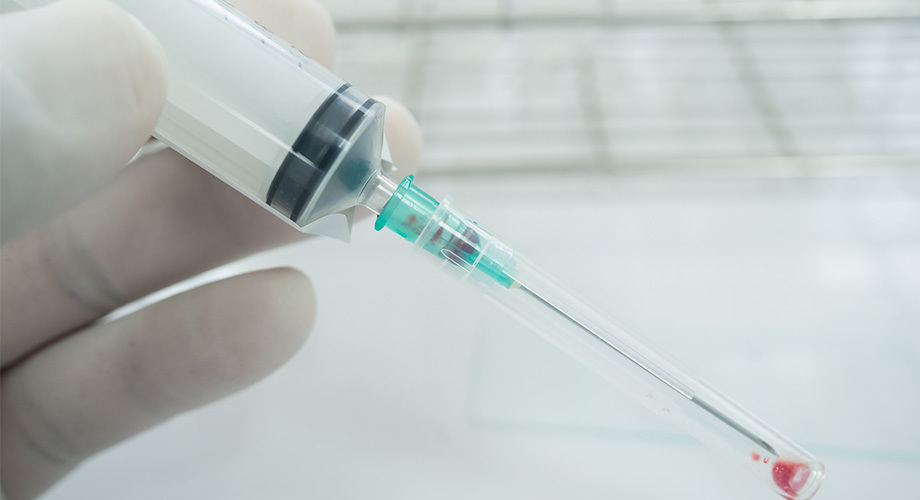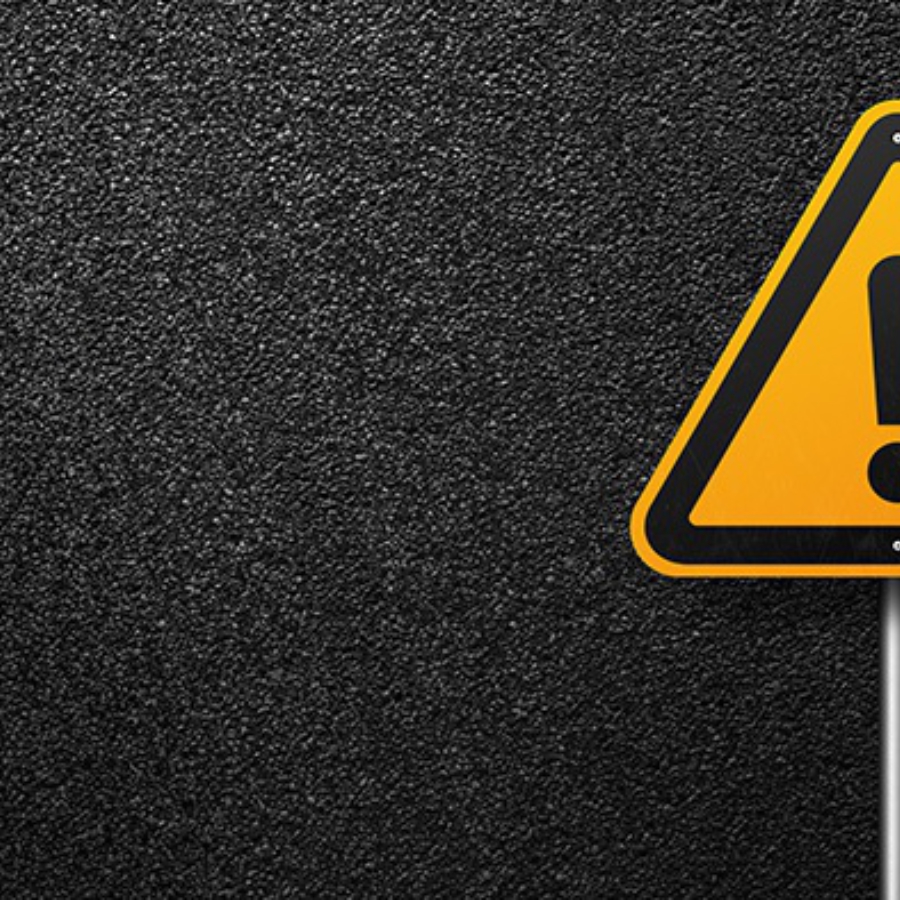
Clinical
Radiofrequency and Non-RF Microneedling Safety: What Patients Should Know
With Molly Muecke, RN, MSN, NP-CMicroneedling is a popular aesthetic treatment offered in 79% of med spas (2024 Medical Spa ...
Posted By Madilyn Moeller, Wednesday, July 13, 2022

By Madilyn Moeller
Aspirating before injecting dermal filler is not a technique used universally in medical aesthetics. Watching for that flash of blood can help injectors determine if they have entered a vessel, but a negative aspiration is no guarantee that they have avoided a vascular complication. A recent review detailed several causes of false negative aspirations, and understanding them can help aspirators take caution.
Whether or not they aspirate prior to each injection, your injectors should utilize safe injection techniques and know how to identify and address vascular complications.
Upon Voluma’s 2013 FDA approval and widespread introduction, injectors across the country were taught to aspirate prior to injecting filler. These precautions were widely utilized.
However, not every injector continues to aspirate before injecting, or to aspirate in every injection area. It is a topic avoided by many in aesthetics.
Aspiration in aesthetics is the act of applying negative pressure to pull back on the plunger of the syringe for five to 10 seconds before injecting dermal filler.
The objective is to watch for a flash of blood in the syringe (positive aspiration), which could indicate that the needle or cannula has punctured a blood vessel. The injector would then halt the injection process to avoid injecting filler into a vessel.
With the absence of this flash of blood, the injector has a negative aspiration, and may interpret this as the lack of a vascular compromise, choosing then to proceed with the injection.
“Aspiration Before Tissue Filler—An Exercise in Futility and Unsafe Practice” appears in the January 2022 issue of Aesthetic Surgery Journal. The literature review by Greg J. Goodman, MBBS, FACD, GradDipClinEpi, MD, and colleagues reports the findings of a five-month-long investigation of the available literature on the efficiency and safety ramifications of aspiration before injection of hyaluronic acid.
The authors discuss the contradictory safety efforts of aspiration compared to movement while injecting. Moving the instrument by small oscillations while injecting is believed to reduce the chance of injecting a significant amount of filler in a single vessel. This technique is common when using a cannula.
If an injector relies on aspiration, moving from the position where they aspirated introduces the potential of moving the needle or cannula into a vessel.
Goodman et al. questioned the possibility of remaining in the exact position at the end of aspiration as when the injector started. When an injector is aspirating for a long time, they apply a significant amount of negative pressure on the syringe. This may shift the instrument and move the tip from its original position, which makes the aspiration less reliable. Subtle movement of the patient can also shift the placement of the instrument tip.
Staying in place, however, does not guarantee a good outcome. Injectors who aspirate rely on the test’s predictive power to avoid injecting in vessels. The potential for false negative aspirations means the test can give an injector a false sense of safety and lead to adverse vascular events.
The review identified numerous instances that could result in a false negative aspiration. Among those discussed were:
Other factors can influence the likelihood of a false negative aspiration. Insufficient negative pressure while pulling back the syringe or a quick pullback can lead to a false negative aspiration in the small, low-pressure facial vessels.
The review by Goodman et al, 2021, referred to studies indicating that larger bore needles may be more likely to yield a positive aspiration compared to smaller-gauge needles. Although helpful, the longer bevel length of these needles increases the potential to enter multiple layers on vertical injection, especially in areas with thin tissues.
Vertical insertion with multiple layer injection can put the superficial vasculature at risk. Even small static boluses injected after a negative aspiration have filled the supratrochlear artery, for example. Injecting at the smallest non-vertical angle possible with the bevel facing down can help prevent the instrument from occupying multiple tissue planes and can aid in movement while injecting.
Injecting on periosteum is thought to be safer in the mid-face, deep pyriform space and temple because this can allow the injector to bypass the middle lamella. This is not foolproof, as foramina can be found in the supraperiosteal plane in the mid-face. Planning to perform a deep injection on bone, then, does not guarantee safety, even if an aspiration is performed.
A filler’s rheological properties can also impact the injector’s ability to perform an accurate aspiration. The G prime (G’) of the filler, which is the amount of energy stored when the product is compressed, is seen in its stiffness. The stiffer the product, the more pressure an injector needs to apply while aspirating. The stickiness—or xStrain—of the filler, indicates how flexible it is to stretch and revert back to its original shape. The stickier the filler, the longer it takes to clear the filler from the needle when aspirating.
The study also discussed the usefulness of needle priming. Priming the needle involves pushing filler through the needle until it reaches the needle tip. When aspirating with a primed needle, the filler would need to be pulled back through the needle in order for a flash of blood to be seen. Depending on the thickness or stickiness of the filler, this may take pressure and time beyond that of a typical aspiration.
For this reason, aspirating with an unprimed needle may be more efficient, without the added step of clearing the needle before the injector would see a flash of blood. Commitment to this technique, however, would necessitate replacing the needle with an unprimed needle at each injection point.
Filler injection can lead to serious consequences. Beyond bruising, an injector can cause adverse events such as vascular occlusion, embolism or even loss of vision. Training, experience and understanding facial anatomy and injection techniques can help to keep your patient safe.
The review discussed a few additional methods to help prevent intravascular complications, including:
Medical aesthetic injectors should develop their knowledge of injection anatomy, which includes vascular anatomy and an understanding of injection depth in different areas of the face. Cadaver studies have demonstrated that anatomy can vary; a thorough understanding of injection anatomy instills caution in the most experienced injectors.
Recognize that each syringe carries the potential for adverse consequences; each practitioner should be prepared to implement the protocols necessary to treat vascular occlusions and other complications. Seek training with experienced injectors and utilize injection techniques that maximize patient safety.
If you are an injector looking to boost your anatomy knowledge, you can take advantage of the didactic instruction, cadaver injection and dissection available through Academy for Injection Anatomy courses. AmSpa is proud to present the 2022 Advanced Cadaver Course schedule, with upcoming courses in Atlanta (May 13 – 15), New York (July 22 – 24), Kansas City, MO (June 4 – 5 and September 24 – 25), San Francisco Bay Area (August 19 – 21), Houston (October 7 – 9) and Miami (November 4 – 6). AmSpa is also offering the new Foundations of Injection Anatomy and Practice course in Chicago on June 18 – 19, September 17 – 18 and November 19 – 20. Register for these courses today at www.americanmedspa.org.
Related Tags
Medical spa news, blogs and updates sent directly to your inbox.

Clinical
With Molly Muecke, RN, MSN, NP-CMicroneedling is a popular aesthetic treatment offered in 79% of med spas (2024 Medical Spa ...

Clinical
On November 5, 2025, Merz Aesthetics announced that Ultherapy PRIME® gained U.S. Food and Drug Administration (FDA) clearance to improve ...

Clinical
By Belmar Pharma SolutionsWhen it comes to menopause, a once-taboo topic, the tide has finally changed. Women now have access ...

Clinical
The FDA’s recent safety communication regarding radiofrequency (RF) microneedling devices is a critical reminder: Aesthetic treatments involving energy-based devices are ...